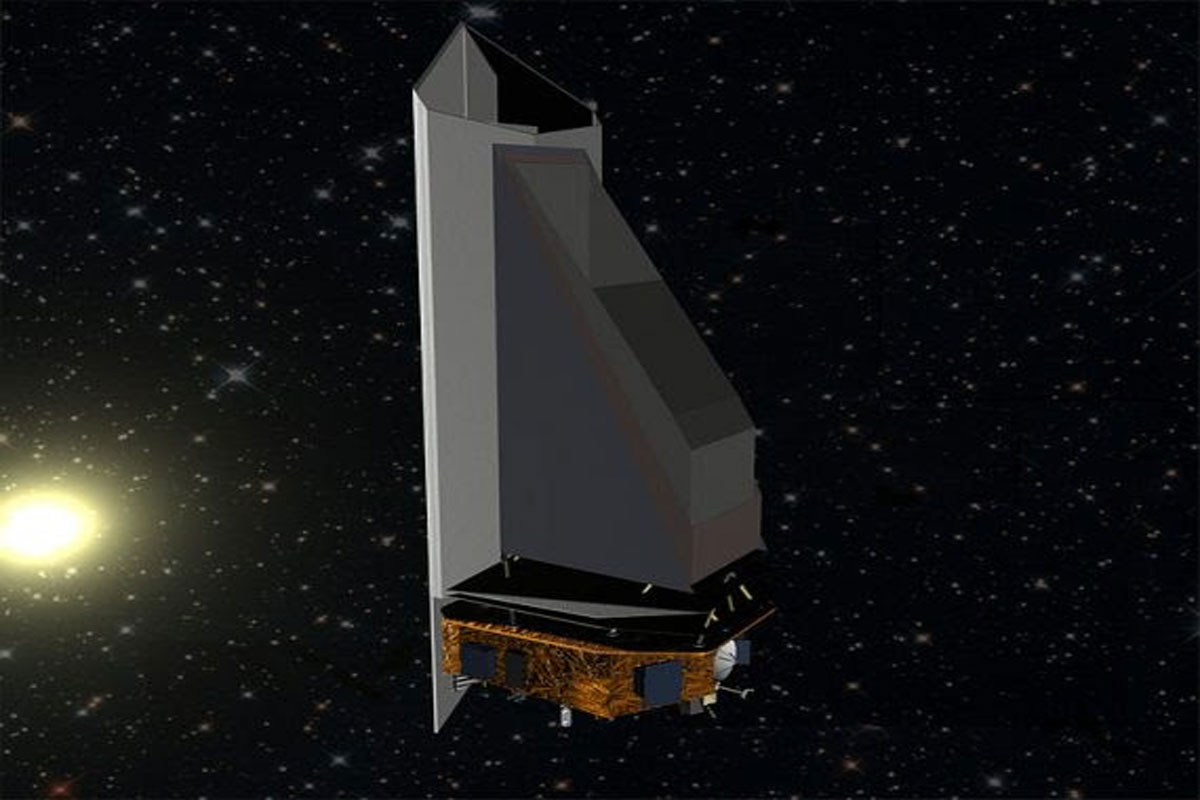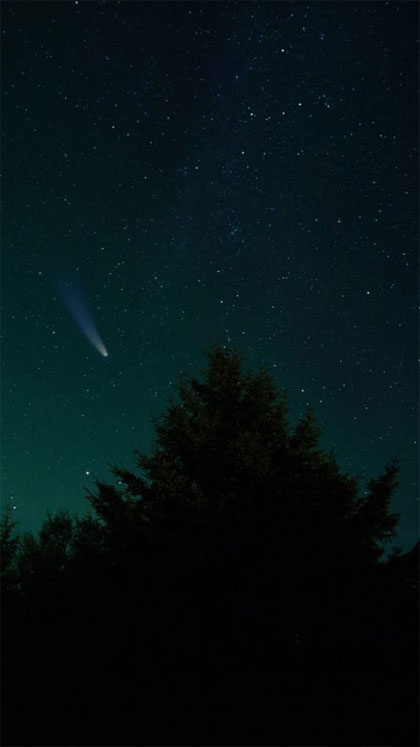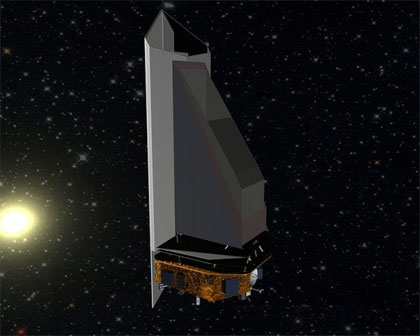
NASA Admits Huge Killer Asteroids Can Sneak Up On Us Unnoticed
Paul Seaburn January 18, 2022
It seems one can’t buy a car these days that isn’t equipped with obstacle-detection and accident-avoidance systems to compensate for the blind spots that hide these dangerous encounters. Too bad the same isn’t true for planets! NASA just revealed that its fancy-schmancy asteroid detection system has a major blind spot that causes it to miss not the really fast asteroids but the slowest moving space rocks. Show we all point our doorbell monitors upwards until they fix it?
 We’ll try anything!
We’ll try anything!
“For some objects that approach Earth from east of opposition, the induced topocentric motion coming from Earth’s rotation cancels the natural eastward motion in the sky, making the object appear to be almost stationary, This makes discovery difficult.”
Near Earth Objects (NEOs) don’t become problems until they’re Nearer-and-nearer Earth Objects. That’s why the JPL Center for NEO Studies (CNEOS) tracks and models their orbits in support of NASA’s Planetary Defense Coordination Office. It’s also why space agencies are working on asteroid defense programs such as the recently launched the Double Asteroid Redirection Test (DART) to test if crashing a spacecraft on an asteroid can knock it off a collision course. Unfortunately, the news over the past few years has been more about large asteroids that show up without anyone noticing their approach until they hit the ground, splash into the ocean, blow up in the atmosphere or shoot by on their way to another unsuspecting planet. Fortunately, a new study has found the cause of the blind spot these asteroids are sneaking through and may be able to fix it before we become a real-life version of the hit movie “Don’t Look Up.”
“In the event that we find something that is going to hit the earth we would like to do something about it. It’s not a matter of finding them and sitting there and letting it hit.”
According to Professor Richard Wainscoat, head of the research team whose NASA-funded study was published this week in the journal Icarus, the current detection systems are programmed to search for objects on the most common path of traveling west in the sky due to Earth’s eastward rotation. However, when an extremely slow asteroid approaches from the east heading west, it appears to the programs to be stationary and harmless. While even one large asteroid sneaking past the sentry is ad news, the study found that 50 per cent of space rocks coming in from the east are the slow-motion, blind spot kind.
“The bright moon produces temporary blindness for surveys in areas of the sky adjacent to the moon.”
If that’s not bad enough, Wainright points out that asteroids approaching from a direction close to the moon are also hard to see – think about what it’s like driving into direct sunlight in the early morning or late evening. So far, only 40% of large asteroids that are closely approaching Earth have been catalogued and Wainscoat says he won’t feel comfortable until that number reaches “more than 90%.” Unfortunately, that means depending on existing tracking systems — Pan-STARRS, the Catalina Sky Survey, ATLAS, the Rubin Observatory and ESA’s Flyeye Telescope – because the planned NEO Surveyor Mission (NEOSM) (scheduled to launch in 2026) will survey the sky from inside Earth’s orbit and be unable to detect impacting asteroids in the blind spot.
 Artist’s depiction of the NEO Surveyor Mission (NEOSM)
Artist’s depiction of the NEO Surveyor Mission (NEOSM)
“This isn’t happening, right? Kate, this isn’t real, right? This is just some sort of alternate reality, right? Say something.” (Dr. Randall Mindy, played Leonardo DiCaprio, in “Don’t Look Up.”)
Sorry, Randy … it’s real.
MU*




















